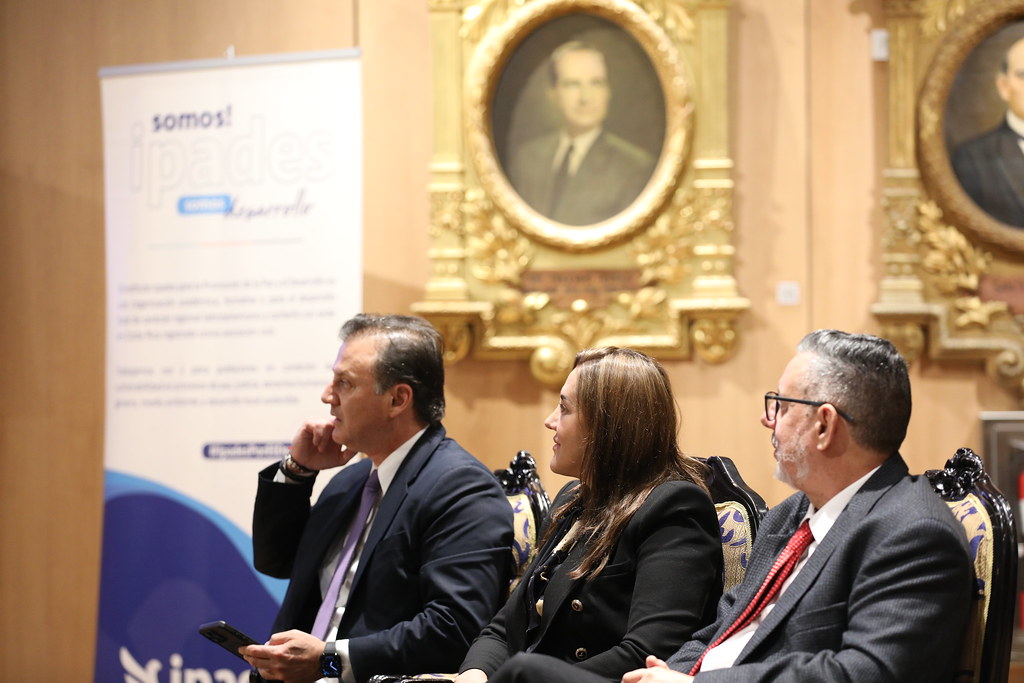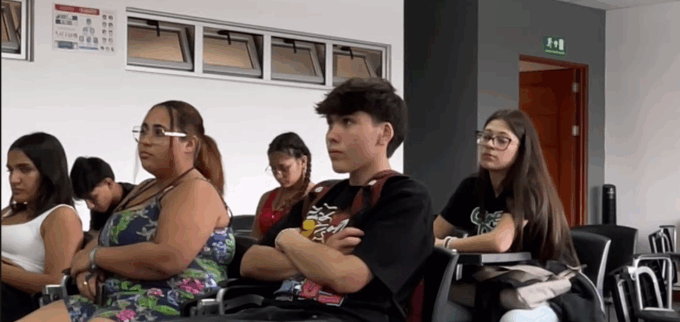San José, August 5, 2025 — Amid rising violence and social breakdown, the Hall of Heads of State at the Legislative Assembly hosted the International Security Forum: Multidimensional Analysis of Community Insecurity, convened by the Institute for Peace and Development (IPADES). The event brought together key figures from the political, academic, and technical spheres to address the root causes of insecurity in Costa Rica and propose sustainable strategies.
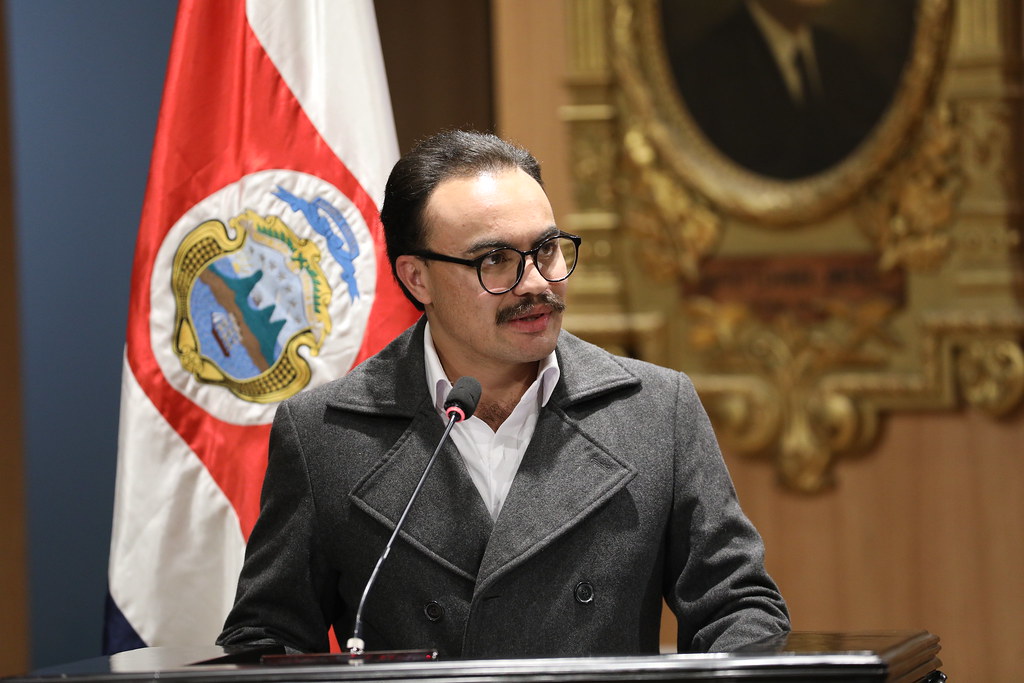
A Changed Country: Social Fabric in Crisis
Criminologist Tania Molina Rojas, author of the book “Futuro Secuestrado“, was blunt: “Costa Rica has changed, the social fabric has changed, and we need to acknowledge that.” Molina explained that the country is undergoing a profound criminal transformation, marked by the presence of transnational criminal networks such as Tren de Aragua, which operate from prisons and have established cells within Costa Rican territory.
According to Molina, the traditional approach to citizen security is no longer sufficient. She proposed adopting the paradigm of human security, which includes dimensions such as economic, food, environmental, community, and political security. “It’s not just about more police or more prisons. It’s about rebuilding the social fabric from the ground up,” she stated.
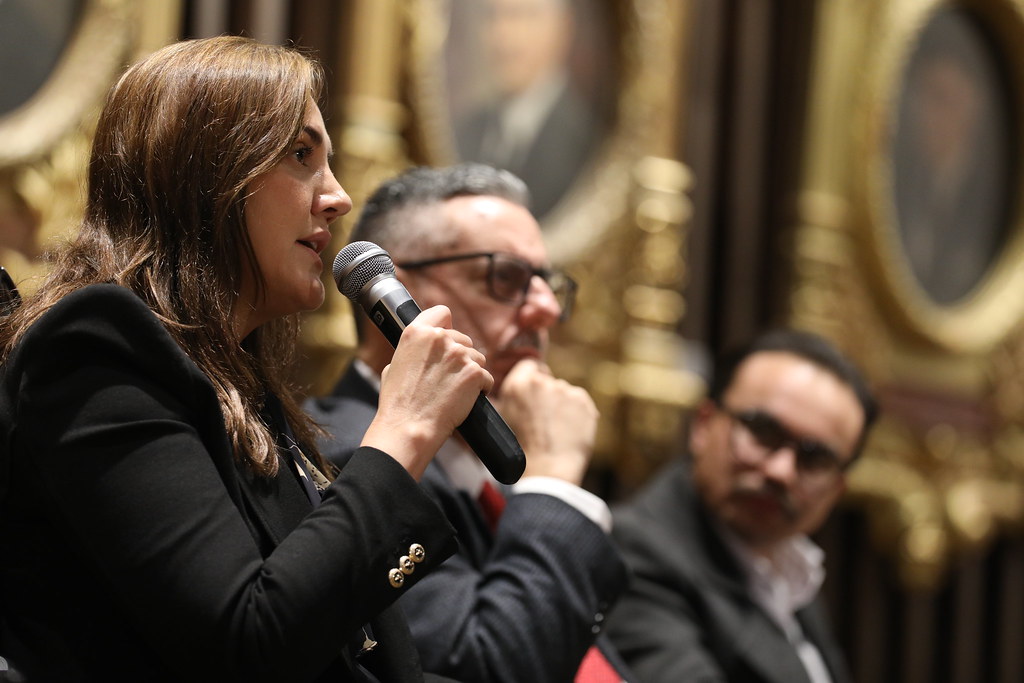
Institutions Under Siege: Crime as a Symptom
Intelligence analyst Robert C. Bacon, from the DEA, agreed that crime is merely a symptom of a deeper issue: institutional dysfunction. “The lack of coordination among state entities creates power vacuums that are exploited by criminal structures,” he noted. Bacon criticized the privatization of security and the absence of a cohesive national strategy, proposing that municipalities be strengthened as key actors in prevention.
Bacon also warned of the “intellectual poverty” in analyzing criminal phenomena. “Common sense is not enough to understand complex adaptive systems like organized crime. We need scientific thinking, epistemology, and academia,” he said, calling for the creation of think tanks and specialized research centers.
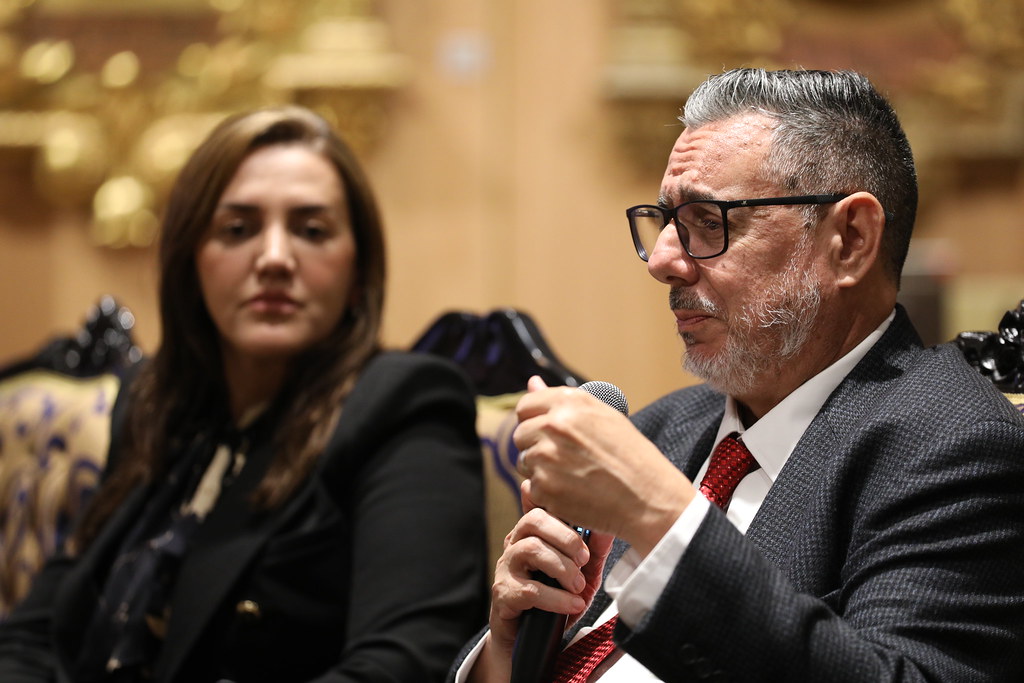
Youth at Risk: Despair and Narco-Aesthetics
Both experts agreed that Costa Rican youth are being seduced by a culture of violence, marked by narco-aesthetics, drug consumption, and lack of opportunity. “Young people find a gun and fifteen minutes of glory more appealing than a poorly paid job on a banana plantation,” Bacon lamented.
Molina added that contract killing, once an imported phenomenon, now has local roots. “Costa Ricans have learned well. Today we have hitman agencies that kill by mistake, as happened with the Ministry of Health official in Las Tunas,” she denounced.
Community Responses: Between Self-Care and Criminal Governance
In the absence of the State, communities have developed self-care strategies: WhatsApp groups, public lighting, neighborhood networks, and in some cases, legal gun ownership. However, Molina warned that in many areas, such as the southern neighborhoods of San José, criminal governance has already taken hold. “There are curfews imposed by gangs, daily shootouts, and police stations that cannot enter,” she stated.
Education for Peace: An Urgent Investment
Education was highlighted as a transformative axis. Eric Palma Rojas, rector of the Central University of Costa Rica, proposed a public policy that integrates education, security, and community development. Molina suggested incorporating crime prevention content starting in elementary school, inspired by models such as Italy’s anti-mafia education.
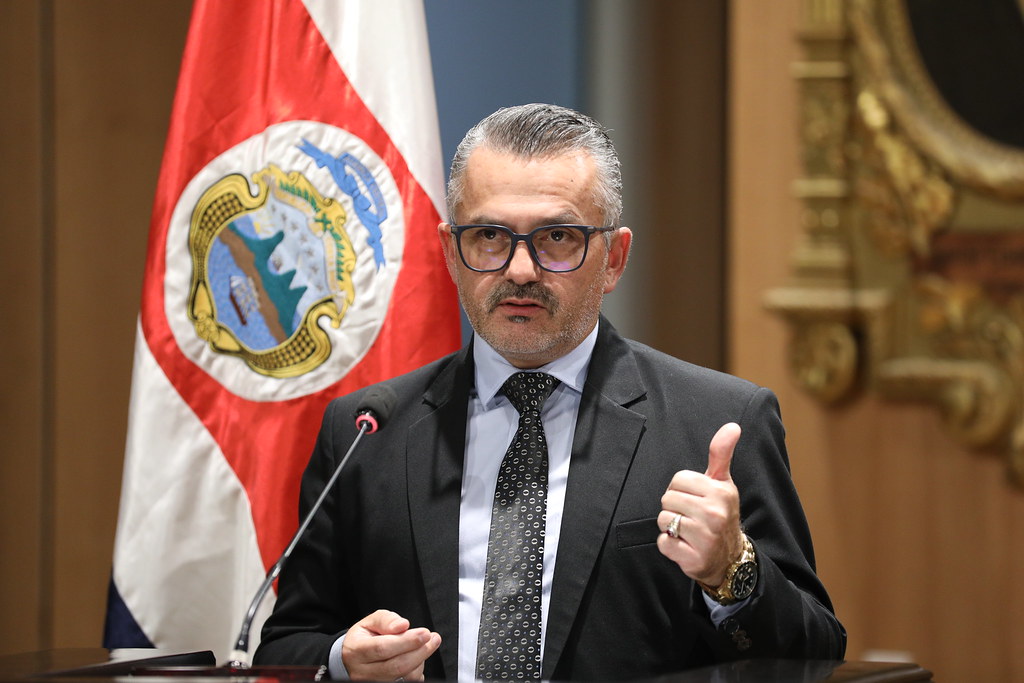
A Call for Interinstitutional Action
The forum concluded with remarks from IPADES Executive Director Alex Aguirre, who urged the construction of a national security agenda based on justice, participation, and truth. “Security is not built through fear, but through more democracy,” he affirmed.
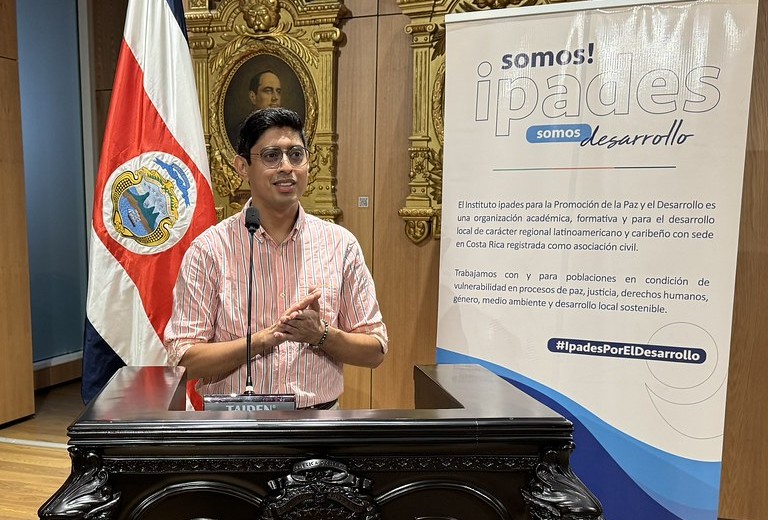
This gathering made it clear that insecurity in Costa Rica is not an isolated phenomenon, but the result of multiple structural failures. The solution requires a comprehensive, sustained, and coordinated response among the State, academia, communities, and citizens.


